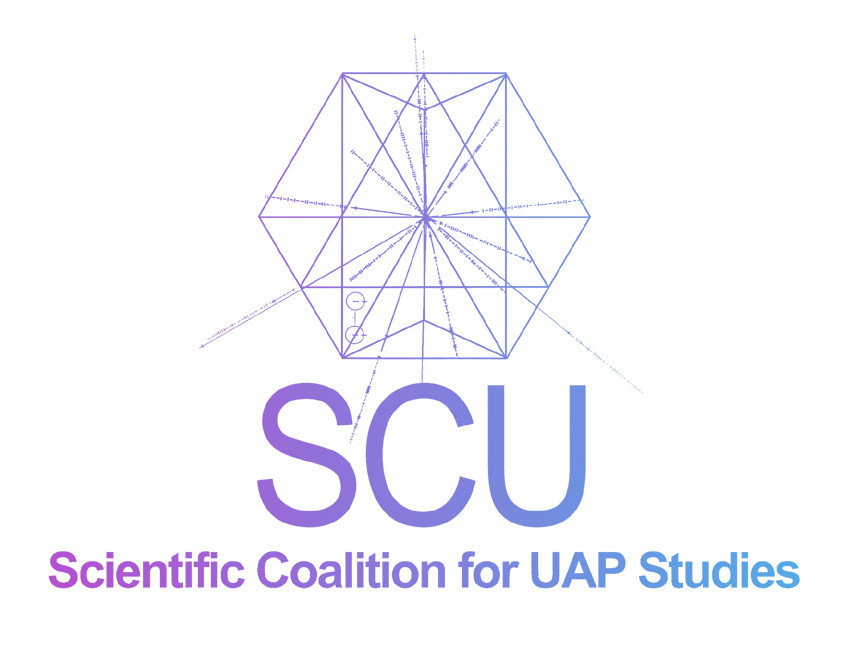Research news
Dr Matthew Szydagis 'The Latest Scientific News from UAlbany & UAPx'
Abstract: In July 2021, physics faculty from UAlbany participated in a week-long field expedition with the organization UAPx to collect data on UAP in Avalon, CA, located on Catalina Island, and nearby. We will present on our first, peer-reviewed publication, which reviews both the hardware/software techniques that this collaboration employed, and contains a frank discussion of successes/failures, with a section about how to apply lessons learned to future expeditions. Both observable-light and IR cameras were deployed, as well as sensors for other (non-EM) emissions. A pixel-subtraction method was augmented with other similarly simple methods to provide initial identification of objects in the sky and/or the sea crossing the cameras’ fields of view. The scientific results based on approximately 1 hour in total of triggered visible/night-vision-mode video and over 600 hours of untriggered (far) IR video, as well as 55 hours of radiation measurements, will be updated and extended, compared to our initial presentation to the SCU. Following multiple explanatory resolutions of many ambiguities, we focus on the primary remaining ambiguity captured about 4 am Pacific Time on Friday, July 16: a dark spot in the visible/near-IR camera possibly coincident with ionizing radiation that has thus far resisted a prosaic explanation. New tests and new results regarding it will be shown, and development of new sensor technologies and algorithms. We will conclude with new, quantitative suggestions for serious researchers in this still-nascent field of hard-science-based UAP studies, serving the goal of identifying UAP sans confirmation bias toward either mundane or speculative conclusions.
Bio: Dr. Matthew Szydagis received his B.A., M.S., and Ph.D. degrees from the University of Chicago, then worked as a postdoctoral scholar at the University of California Davis. He is now an Associate Professor at the University at Albany SUNY studying experimental particle astrophysics, in particular direct detection of dark matter, as well as general detector development for rare event searches. He was inspired by Star Trek: The Next Generation as a child to become a scientist, and has always been fascinated by the UAP phenomenon, treating it seriously his entire life. Matthew is also an SCU Contributing Member and a Science & Technology Consultant in Dark Matter and Radiation Detection for UAP Expeditions (UAPx).
Bio: Dr. Matthew Szydagis received his B.A., M.S., and Ph.D. degrees from the University of Chicago, then worked as a postdoctoral scholar at the University of California Davis. He is now an Associate Professor at the University at Albany SUNY studying experimental particle astrophysics, in particular direct detection of dark matter, as well as general detector development for rare event searches. He was inspired by Star Trek: The Next Generation as a child to become a scientist, and has always been fascinated by the UAP phenomenon, treating it seriously his entire life. Matthew is also an SCU Contributing Member and a Science & Technology Consultant in Dark Matter and Radiation Detection for UAP Expeditions (UAPx).
See more (external link) 
https://www.youtube.com/watch?v=xmsoQBp83kg
